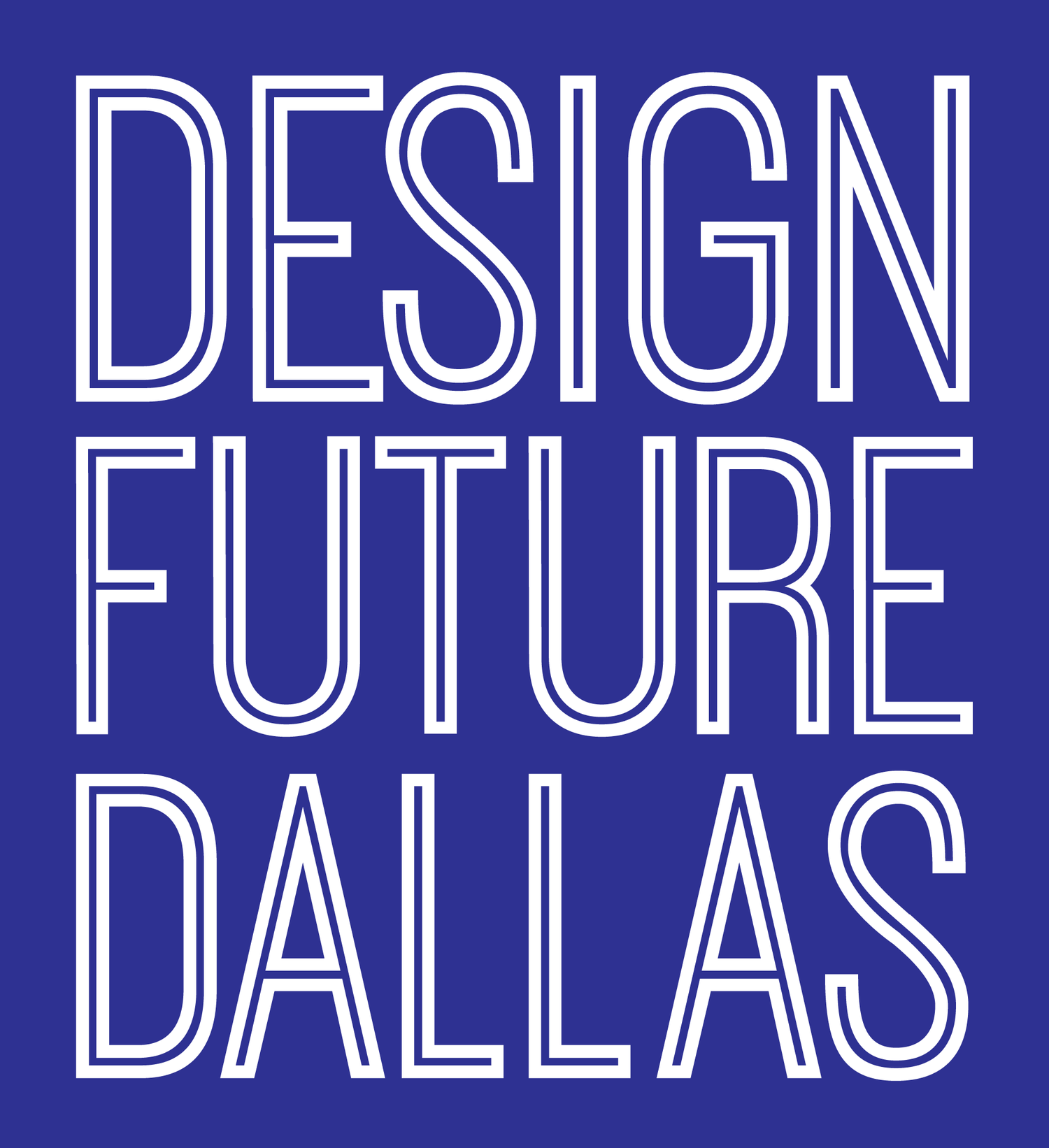On any given week, my social media feeds are bound to be full of fitness fanfare. People are tweeting about marathons, instagramming their dirty faces at tough mudders and color runs, and using Facebook to post motivational quotes.
General statement alert: The world is obsessed with running.
Unsurprisingly, the world has latched on to the running craze; there are countless events in cities all over the world where hundreds or thousands of people show up and pay an entry fee to pound the pavement. But don’t get me wrong, I am 100% on board. These people- and city-centric running events are a fantastic way for locals and visitors alike to see and experience a city, and in turn a great way for a city to show off its unique culture and atmosphere. Since 2000, the number of half marathon finishers in the U.S. has increased by 284%, with economic impacts to cities reaching $25 million in one weekend. It is no doubt that cities work hard to deliver the finest course.
Dallas hosts several marathons that show off some of the best parts of the city. The Form Follows Fitness 5K hosted by the Dallas Center for Architecture especially caters to the designer-runners’ taste by tailoring a course specifically to showcase some of our city’s finest architectural icons. This year, over 2,000 participants helped raise proceeds of more than $75k. Similarly, the Humana Rock and Roll Marathon course, held this past March, started in Downtown, across the Trinity River into West Dallas, through the Design District, Oaklawn, back into Uptown and 13.1 miles later, finishing at the American Airlines Center in Victory Park. Runners see Dallas’ iconic neighborhoods and attractions at a scale car-bound observers just don’t experience.
Our own Donny Zellefrow with his crew at Form Follows Fitness this year.
As a resident of Victory Park, I am at last getting accustomed to frequent street closures and traffic re-routing for weekly sporting events and concerts. But when street closures happen for something outside of the norm – something driven by people –, it shows just how important the street and the space between can be. Whether it’s due to the marches that shut down parts of I-35 and most of Victory Park last December in protest of the grand jury decisions on the deaths of Eric Garner and Michael Brown, or something as simple as a marathon route, the street becomes something more than just city infrastructure. For those who are not active participants in events like these, a street closure is inconvenient and problematic; it impedes routine, and the resulting traffic disrupts the human scale of the city. However, if we consider streets outside of the exclusive domain of cars, seeing people completely filling them from sidewalk to sidewalk causes one to take pause. Marathon race or civil protest alike, there exists a commonality and community in occupying spaces usually denied it.
As urban designers, is it within our purview to design streets for this extreme? There’s a simple creed to design streets for people and as places themselves, but how do we do it in city that overwhelmingly overlooks its street maintenance, pothole repair, and continues to debate decades-old infrastructure projects that are distinctly anti-urban? As part of my personal work with the Coalition for A New Dallas, I am deeply concerned with the current urban conditions, both physical and political, of my city. A recent news article cites that, to date, over 8,800 potholes have been patched, which is nothing in comparison to the entire surface layer of a street missing. There is an estimated $900 million in deferred street maintenance just to get our city’s streets up to an 87% satisfactory level (an arbitrarily set benchmark agreed upon a decade ago), and the City of Dallas has 11,700 lane-miles of roadways, over a quarter of which are considered unsatisfactory. To put this in perspective, if aggregated, the total number of lane-miles is approximately the equivalent of driving from Dallas to Fairbanks, Alaska, then to Portland, Maine, and back to Dallas. Simply, we have a lot of roadway to maintain and repair. Conversely, that’s 11,700 lane-miles of opportunity for improvement with thought given to the basic tenets of urbanism. People over pavement in the public realm, protected bike lanes and pedestrian nodes make streets safer for all; streets designed for mode choice and as public spaces can truly bring economic value, improve retail sales, and decrease commercial vacancies. A high-speed toll way in the riverbed of an urban river does not fit the formula of a great city amenity. Divisive elevated highways which separate waterfronts from central business districts and neighborhoods from the city core do not contribute to environmental, economic, or social equity.
Without doubt, it requires really hard work (and of course, funding) to get beyond the dashboard view of our streets, but as urbanists and designers in Dallas, we would be remised not to reflect on these questions and debates, and be civically engaged in the topics that have become the physical noose of our city. For nearly a century, car-centric planning has been the stasis of our regional thinking, but as a city that touts being “world-class” and hosts (whether planned or spontaneous) events where, truly, people from all over the world gather together, shouldn’t we also consider the ground on which they take place?
As poet laureate Kool G Rap once declared: “The streets, is where the action at.”
Shelly Zhu is a Dallas native urban designer and city planner. She is an advocate for open data transparency whose strength lies in urban analytical and data visualization, mapping, and strategic branding. She is a champion Sudoku player*, enjoys 90’s rap and a fine cheese. Lately, you can find her watching the X-Files and drinking homemade gin.
*unverified
Follow her on twitter: @_shellyzhu


